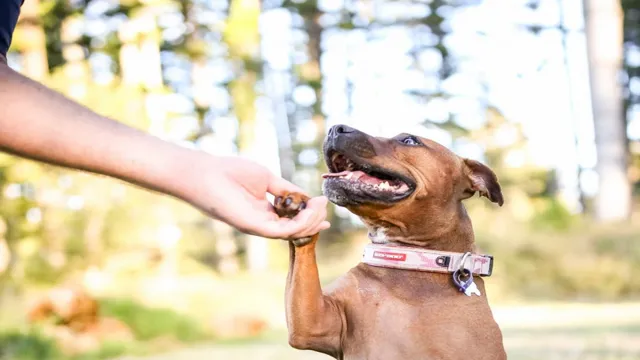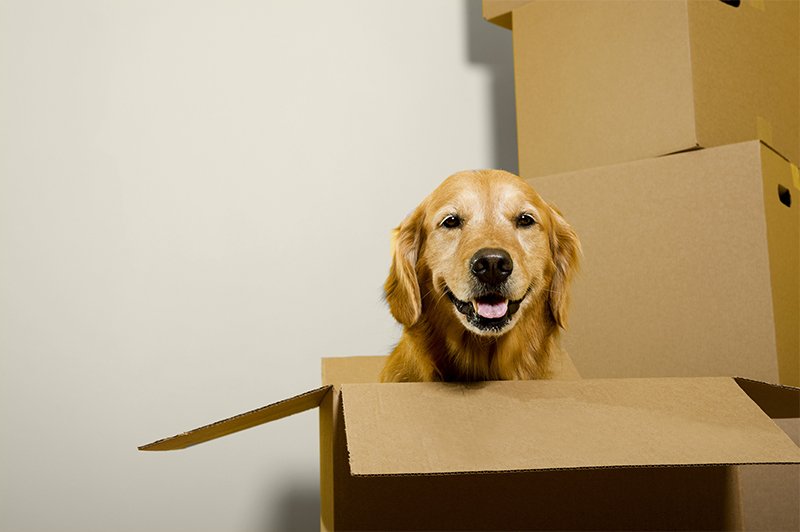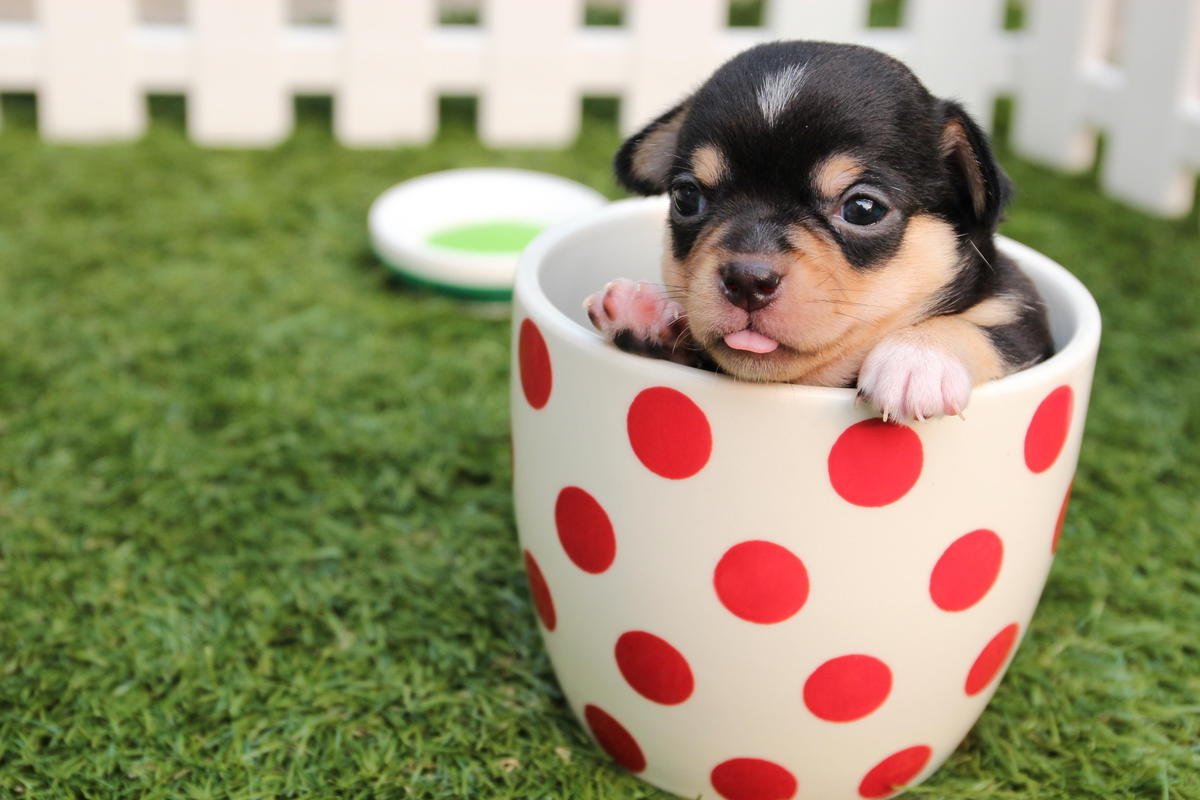Teaching Your Dog Gentle: A Guide for Dog Owners

Are you wanting to teach your dog to be gentle, but don’t know where to start? Teaching your dog gentle behaviors can be a difficult task, but it doesn’t need to be. With the right guidance and some patience, you can teach your dog the basics of gentle behavior and help them become the best companion they can be. This guide will provide you with all the information you need to get started and ensure that your pup is learning the right skills. With a few simple tips and strategies, you can ensure that your pup is learning the right behaviors and growing into a well-mannered, gentle companion.
Understanding Your Dog’s Behavior
Having a pet dog can bring a lot of joy to your home, but it can also bring a lot of challenges. One of the most important things you need to understand is how to teach your dog gentle behavior. Knowing how to effectively communicate with your pup and how to encourage good behavior can make your relationship with your pet much more enjoyable. One of the best ways to teach your dog gentle behavior is to use positive reinforcement. This means that instead of punishing your dog for bad behavior, you reward them for good behavior.
This could include offering treats, verbal praise, or even a pat on the head. It’s important to be consistent in the way that you reward your dog, and to reward them immediately after the desired behavior. It’s also important to set boundaries for your dog, and to make sure that they understand what is and isn’t acceptable behavior. This can be done by establishing a routine and sticking to it. For example, if you don’t want your dog to jump on people, you should always make sure to tell them “no” when they do, and reward them when they stay off the furniture.
When it comes to teaching your dog gentle behavior, consistency is key. Make sure that your commands are clear and that you give rewards whenever possible. Always remember to be patient and kind, and you will soon be the proud pet parent of a well-behaved pup!
Identifying Triggers
Do you have a pup that often gets too excited or aggressive when meeting new people or animals? If so, it might be time to teach your pup how to be gentle. Identifying the triggers that cause your pup to act out is the first step in learning how to teach your dog gentle behavior. Consider what situations bring out the worst in your pup. Does he bark aggressively when he sees other dogs on a walk? Does he jump up on guests when they enter your home? Once you have identified the triggers, you can start to create a plan to help your pup learn gentle behavior. Create a reward system, and be consistent in your approach.
With patience and dedication, your pup can learn to be the gentle and loving companion you know he can be.
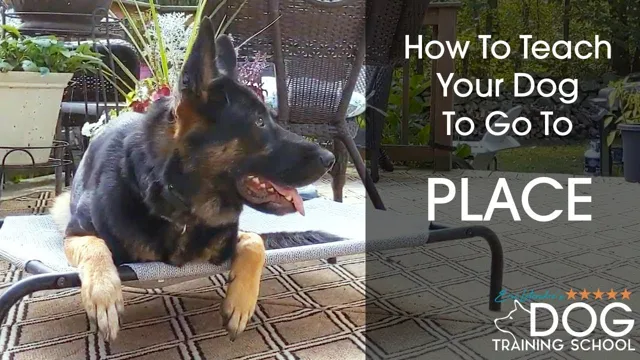
Recognizing Stress Signals
Do you ever feel stressed out and wish you could teach your dog how to help you relax? Well, it’s actually not as hard as you think! By recognizing the early signs of stress in your pup, you can help your furry friend learn how to stay calm in any situation. Start by observing your pup’s body language – look out for signs such as yawning, panting, licking their lips or even trembling. If your dog is displaying any of these signs, it’s time to take a break and give them a chance to relax. You can also use treats, hugs and plenty of verbal reassurance to let your pup know that they’re safe and secure. With a bit of patience and understanding, you and your pup can learn how to cope with stress together!
Creating a Positive Environment
Creating a Positive Environment for Your Dog: How to Teach Your Dog Gentle Habits Having a pet dog can be a great experience. Not only do they provide companionship, but also unconditional love. However, it is important to ensure that your pup is well behaved to ensure a safe and positive environment for everyone. Teaching your dog gentle habits is a great way to create a positive environment for your pup and those around them. First and foremost, it is important to establish a consistent and firm training routine.
This will help your pup understand when and what behaviors are acceptable. Be sure to use positive reinforcement whenever possible, such as praising and rewards. Avoid yelling or punishing your pup as this can create a negative environment. It is also important to have realistic expectations for your pup. Just like humans, some dogs learn at a faster rate than others.
Be patient and understanding when teaching them new habits. Additionally, be sure to give them plenty of time to rest and relax. This will help keep them calm and avoid feeling overwhelmed. When teaching your pup gentle habits, be sure to give them plenty of treats and attention. This will help them understand that these behaviors are good and desired.
Additionally, be sure to keep their environment peaceful and calm. Avoid loud noises or excessive activity as this can cause stress and anxiety for your pup. Finally, be sure to take your pup for regular walks and give them plenty of exercise. This will help them stay healthy and happy and will also help them learn new habits. Creating a positive environment for your pup is essential for a healthy and happy relationship.
With patience and consistent training, you can teach your pup gentle habits to help create a safe and positive environment for everyone.
Rewarding Good Behavior
If you want to teach your dog good behavior, rewarding them for it is often the best approach. Encouraging positive behavior with treats and praise can help your furry friend learn quickly, so that you can all enjoy a happy, harmonious life. Start by rewarding your dog for good behavior with treats and verbal praise. This will help them understand what is expected of them and that good behavior is something that is valued and appreciated. Additionally, be sure to be consistent in your expectations and to reinforce good behavior with rewards.
By following these steps, you’ll be on your way to having a well-behaved dog in no time.
Providing Mental Stimulation
One of the most important aspects of being a responsible pet owner is teaching your dog gentle behavior. Not only is this beneficial for you, your family, and your pet, but it also provides mental stimulation for your pup. Here are a few tips for providing your dog with the mental stimulation they need to stay healthy and happy: First, switch up the games you play with your pup. Different activities can help sharpen their skills, like teaching them to catch a ball, playing hide-and-seek, and practicing agility exercises. Second, provide them with chew toys.
Chewing is a natural activity for dogs, but it also provides mental stimulation and can help keep your pup’s mind sharp. Third, take your pup for walks and hikes. Exploring new places and scents can help keep your pup mentally stimulated and provide them with some physical exercise.
Finally, provide your pup with mental challenges. You can make them work for their treats by hiding them around the house and making them find them or teaching them some new tricks.By providing your pup with mental stimulation, you’re not only teaching them how to be gentle but also providing them with an opportunity to exercise their minds and stay healthy and happy.
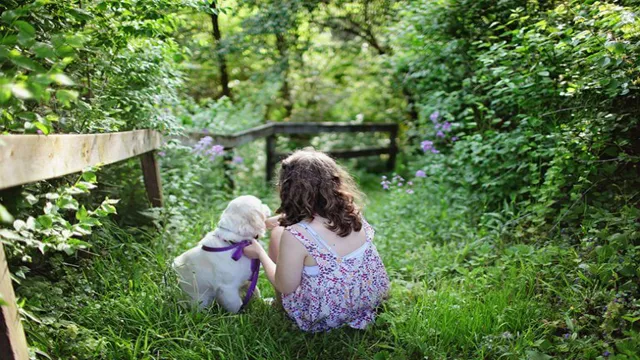
Practicing Training Techniques
If you’re a pet parent, you know that training your dog is an important part of their development. But it’s not always easy to know the best techniques to use. Teaching your dog gentle and responsive behaviors can be tricky, but with a little patience and perseverance, it’s possible. Here are a few tips to help you get started on the path to teaching your pup how to be a gentle, well-behaved companion. First, use positive reinforcement whenever possible.
Reward your dog with treats and praise when they do something right. You should also take the time to create a calm environment for your pup, free from distractions. Additionally, it’s important to be consistent in your training and not to move too quickly. Finally, patience is key. Training your dog to be gentle takes time, so make sure to be patient and understanding with your pup throughout the process.
With these tips, you’ll be on your way to teaching your pup how to be a gentle and responsive pup.
Using Gentle Training Techniques
Dogs are amazing animals that can be trained to do many things. But, when it comes to teaching your pup the proper way to behave, gentle training techniques are the key to success. Gentle training techniques are based on the principles of positive reinforcement, which rewards good behavior, rather than punishing bad behavior. By using positive reinforcement, you can teach your pup to perform specific behaviors without fear of reprimand. When it comes to teaching your pup gentle training techniques, the most important thing is to be consistent.
This means that you need to make sure to reward your pup for good behavior, and not just when he does something wrong. For example, if your pup is doing something wrong, like barking too much, instead of punishing him, try rewarding him when he stops barking. This will show him that he is being rewarded for good behavior, rather than punished for bad behavior. Another important part of gentle training is patience. Training takes time, and your pup won’t learn everything overnight.
It’s important to be patient and understanding with your pup, and to reward him when he does something right. This will help him understand that he is being rewarded for good behavior, and will help him learn faster. Finally, it’s important to use the right type of reward for your pup. While treats are often used for training, it’s important to remember that not all treats are created equal. Make sure to use treats that are healthy, and that your pup actually enjoys eating.
This will help keep him motivated and make training more enjoyable. Gentle training techniques are an effective way to teach your pup good behavior. By using positive reinforcement, being consistent, having patience, and using the right type of reward, you can help your pup learn to be a good canine companion in no time.
Utilizing Positive Reinforcement
Dog owners often struggle with how to teach their best friend good manners. One of the most effective ways to do so is through positive reinforcement. Positive reinforcement works by rewarding your dog for good behavior, such as when they respond correctly to a command or act nicely around others. This encourages them to continue the behavior and can help them become a more well-mannered pup. To get started, use treats or toys as rewards for your dog’s good behavior.
You can also use verbal praise, such as “good dog” or “you’re so smart” to reward your pup and show them that their behavior is appreciated. By utilizing positive reinforcement, you can help your pup learn how to be gentle and well-behaved in any situation.
Knowing When to Stop
Teaching a dog to be gentle is an important part of pet ownership, but it can also be a tricky process. Knowing when to stop is an essential part of this process, as it can be easy to push too far and cause your pup to become frustrated or even aggressive. To ensure a successful training experience, take the time to gauge your pup’s reactions and adjust your approach as needed. Pay attention to their body language and vocalizations and look for signs of stress, such as high-pitched barking, lip licking, and yawning, which could indicate that they’re feeling overwhelmed. If your pup is displaying these behaviors, take a break from the training and give them some space to relax.
Also, remember that rewards are a great way to reinforce positive behaviors, so be generous with treats and praise when your pup is doing something right. With patience and consistency, you’ll be able to teach your pup to be gentle in no time.
Conclusion
So there you have it! With patience, consistency, and lots of love and treats, you can teach your pup to be a gentle, well-mannered companion for life. Just don’t forget to give your pup plenty of belly rubs along the way – after all, learning is hard work!”
FAQs
How can I teach my dog to be gentle?
Training your dog to be gentle requires consistency and patience. Begin by teaching your dog basic commands such as “sit,” “stay,” and “down.” Once your dog has mastered these commands, you can practice rewarding him for gentle behavior with treats or praise. You should also avoid punishing him for aggressive behavior, as this can cause your dog to become more aggressive.
What kind of training will help my dog to be gentle?
Positive reinforcement is the best way to train your dog to be gentle. You can reward your dog with treats or praise when he is gentle or displays the desired behavior. You should also avoid punishing your dog for aggressive behavior, as this can cause your dog to become more aggressive.
How can I ensure my dog is gentle around children?
The best way to ensure that your dog is gentle around children is to train him to respond to basic commands such as “sit,” “stay,” and “down.” You should also supervise your dog when he is around children, and reward him with treats or praise for gentle behavior.
What are some tips for teaching my dog gentle behavior?
Some tips for teaching your dog gentle behavior include using positive reinforcement, avoiding punishment, and supervising your dog when he is around children. Additionally, you should provide your dog with plenty of exercise and playtime to help reduce any pent-up energy that could lead to aggressive behavior.
What should I do if my dog displays aggressive behavior?
If your dog displays aggressive behavior, it is important to remain calm and remove him from the situation. You should also avoid punishing him, as this can cause your dog to become more aggressive. Instead, use positive reinforcement
